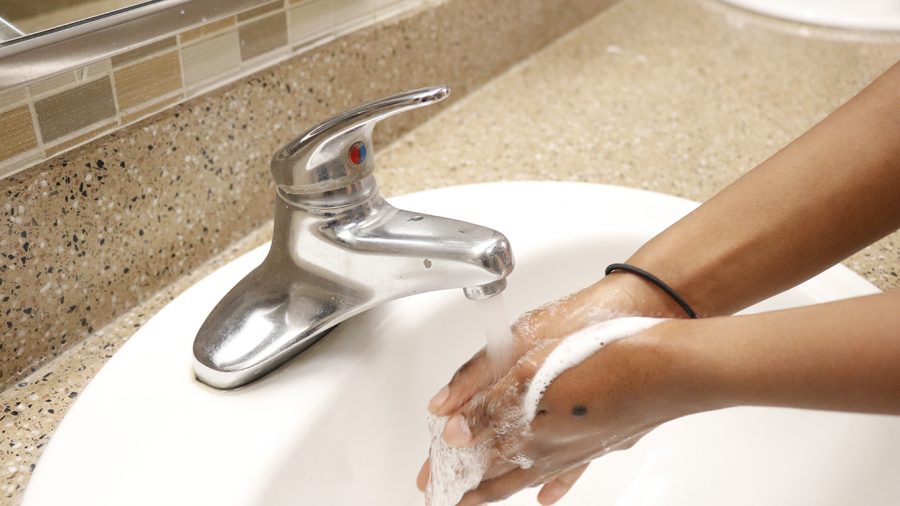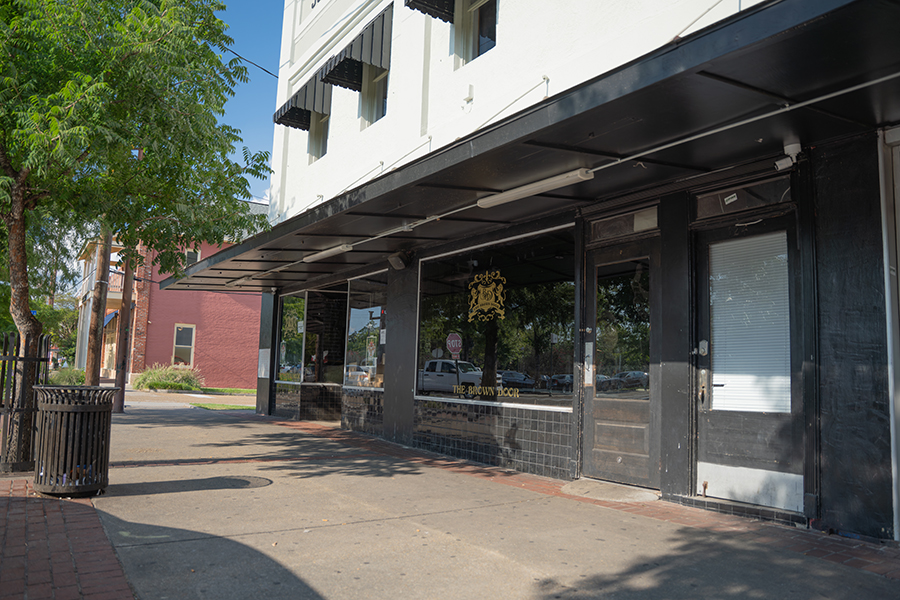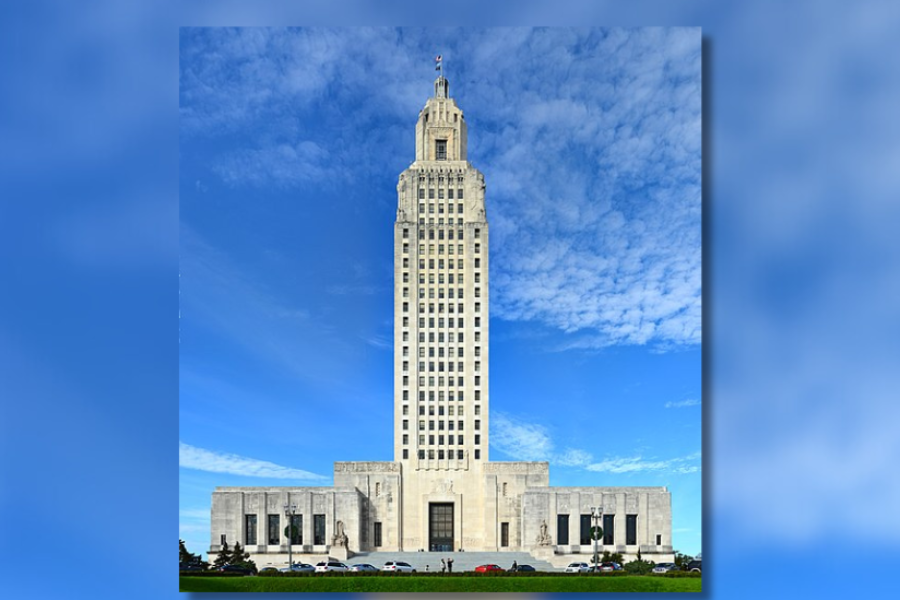An outbreak of a novel coronavirus has led to global health concerns and triggered quarantines, turmoil in financial markets and a frenzy of misinformation.
The virus, named SARS-CoV-2, causes a disease known as coronavirus disease 2019, or COVID-19.
According to the National Health Commission, as of March 8, there have been 110,051 total cases of coronavirus. Of these, 62,276 people were cured or discharged while 43,947 remain infected. Only six percent of closed cases resulted in death, with many having other underlying health issues.
The Centers for Disease Control and Prevention stated that the coronavirus was first detected in China.
“Early on, many of the patients at the epicenter of the outbreak in Wuhan, Hubei Province, China had some link to a large seafood and live animal market, suggesting animal-to-person spread,” reported the CDC. “Later, a growing number of patients reportedly did not have exposure to animal markets, indicating person-to-person spread.”
On Jan. 30, the World Health Organization declared the virus a “public health emergency of international concern.” On Jan. 31, Health and Human Services Secretary Alex Azar II declared a public health emergency for the United States.
According to the CDC, symptoms of the coronavirus include fever, cough and shortness of breath. The symptoms are likely to appear within two to 14 days after exposure.
The WHO recommends taking several protective measures to prevent the spread of the disease and avoid contamination. These measures include washing hands frequently, maintaining a distance of at least 3 feet from anyone who is coughing or sneezing, avoid touching the eyes, nose and mouth, practicing respiratory hygiene and seeking medical care early if the symptoms arise.
The CDC stated that people more likely to contract the coronavirus disease are elderly populations and those with other health problems.
“Older people and people of all ages with severe underlying health conditions — like heart disease, lung disease and diabetes, for example — seem to be at higher risk of developing serious COVID-19 illness,” according to the CDC.
The Tulane National Primate Research Center in Covington received samples of the virus in late February. The center’s Regional Biocontainment Labaoroatory is one of the few in the area able to safely study the virus.
As of late Monday, more than 20 deaths in the United States have been caused by the virus. In Louisiana, nearly two dozen people have tested negative for the disease. The Louisiana Department of Health now has in-state testing abilities.
Governor John Bel Edwards announced the state’s first “presumtive” case at a press conference Monday. The CDC is conducting follow up testing to confirm.
Anyone who believes they have contracted COVID-19 should speak with their healthcare provider as soon as possible.








